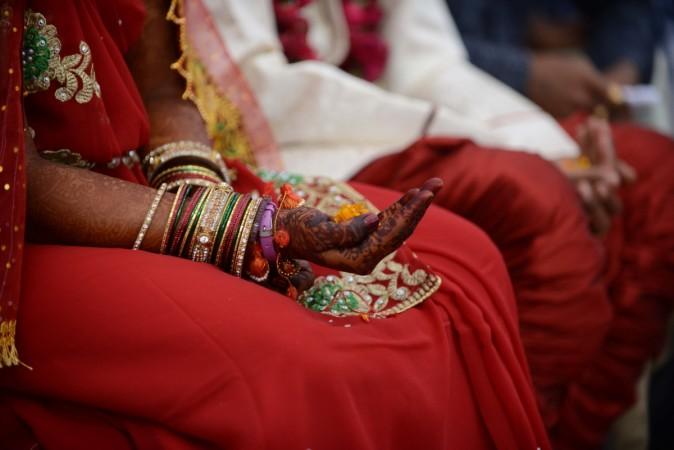![SC has struck down colonial era law on adultery [Representational image]. couple](https://data1.ibtimes.co.in/en/full/674462/couple.jpg?h=450&l=50&t=40)
The Supreme Court Thursday declared that adultery is not a crime and struck down the anti-adultery law, saying it was unconstitutional as it dented the individuality of women and treated them as "chattel of husbands".
The apex court's five-judge Constitution bench was unanimous in striking down Section 497 of the Indian Penal Code dealing with the offence of adultery and holding it as manifestly arbitrary, archaic law which is violative of the rights to equality and equal opportunity to women.
Section 497 of the 158-year-old IPC says: "Whoever has sexual intercourse with a person who is and whom he knows or has reason to believe to be the wife of another man, without the consent or connivance of that man, such sexual intercourse not amounting to the offence of rape, is guilty of the offence of adultery."
Adultery was punishable by a maximum five years in jail or fine or both.
A five-judge bench comprising Chief Justice Dipak Misra and Justices R F Nariman, A M Khanwilkar, D Y Chandrachud and Indu Malhotra said that unequal treatment of women invites the wrath of the Constitution.
The top court, which held adultery as a relic of the past, said the autonomy is intrinsic in dignified human existence and Section 497 denudes women from making choices.
The apex court pronounced four sets of concurring judgements to declare penal provision on Adultery and section 198 of CrPC dealing with prosecution of offences against marriage as unconstitutional.
"We declare Section 497 IPC and Section 198 of CrPC dealing with prosecution of offences against marriage as unconstitutional," said the Chief Justice, who wrote the judgement for himself and Justice Khanwilkar, adding that any provision treating women with inequality is not constitutional and it's time to say that "husband is not the master of woman".
Justice Malhotra, the lone woman judge on the bench, said Section 497 is clear violation of fundamental rights granted in the Constitution and there is no justification for continuation of the provision.

Justice Nariman termed Section 497 as archaic law and concurred with the CJI and Justice Khanwilkar, saying that the penal provision is violative of the rights to equality and equal opportunity to women.
Justice Chandrachud said Section 497 destroys and deprives women of dignity and is destructive of women's dignity, self-respect as it treats women as "chattel of husbands".
The CJI said adultery dents the individuality of women and it is not a crime in countries like China, Japan and Australia.
Adultery might not be the cause of unhappy marriage, it could be a result of an unhappy marriage, Justice Misra said.
The CJI began reading the judgement by saying the beauty of the Constitution is that it includes "the I, me and you".
He said equality is the governing parameter of the Constitution and section 497 of the IPC is manifestly arbitrary the way it deals with women.
The bench held that adultery can be treated as civil wrong for dissolution of marriage.
There can't be any social licence which destroys a home, the CJI said, but added that adultery should not be a criminal offence.
The court said adultery can be a ground for civil wrong, a ground for divorce but not a criminal offence.
Justice Chandrachud said autonomy is intrinsic in dignified human existence and Section 497 denudes women from making choices and held adultery as a relic of past.
Legislature has imposed a condition on sexuality of women by making adultery as offence, he said, adding that section 497 is denial of substance of equality.
The CJI and Justice Khanwilkar said mere adultery cannot be a crime, but if any aggrieved spouse commits suicide because of life partner's adulterous relation, then if evidence is produced, it could be treated as an abetment to suicide.

















